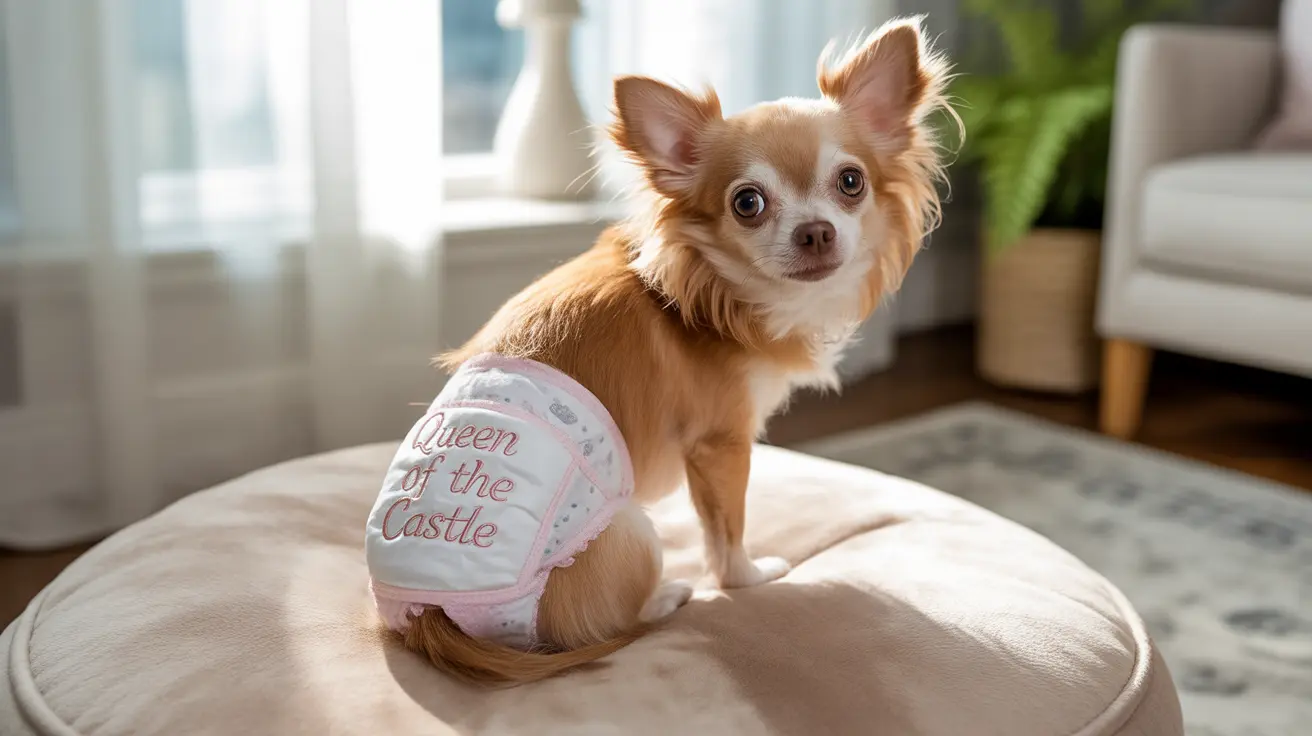Many pet owners wonder if their female dogs experience menstrual cramps similar to humans during their reproductive cycles. While dogs do go through a heat cycle (estrus), their experience differs significantly from human menstruation. Understanding these differences is crucial for providing proper care for your female dog during this time.
Let's explore what actually happens during a dog's heat cycle, what discomfort they might experience, and how it differs from human menstrual cramps.
Understanding the Canine Heat Cycle
Unlike human menstruation, dogs experience an estrous cycle, commonly known as "going into heat." This cycle occurs approximately every six months, though timing can vary by breed and individual dog. The process consists of four distinct stages, each with its own characteristics and behavioral changes.
The Four Stages of Heat
- Proestrus (9-10 days): During this initial stage, female dogs experience swelling of the vulva and bloody discharge. They'll attract male dogs but won't be receptive to mating.
- Estrus (5-9 days): This is the fertility window when females are receptive to mating. The discharge typically becomes lighter or straw-colored.
- Diestrus (60-90 days): If pregnancy doesn't occur, this phase acts as a resting period.
- Anestrus (4-5 months): This is the inactive period between cycles.
Physical Changes and Discomfort During Heat
While dogs don't experience menstrual cramps like humans, they may show signs of discomfort during their heat cycle, including:
- Swollen vulva
- Vaginal discharge
- Excessive licking
- Changes in appetite
- Restlessness or anxiety
- Increased urination
- Changes in behavior
Managing Your Dog's Comfort During Heat
Though dogs don't get traditional period cramps, they may need extra care and attention during their heat cycle. Here are some ways to help keep your dog comfortable:
- Use specially designed doggy diapers
- Provide a quiet, comfortable space
- Maintain regular exercise (while keeping them on a leash)
- Keep them clean and well-groomed
- Monitor their behavior for signs of distress
Medical Considerations and Spaying
If your dog seems to be in unusual pain during their heat cycle, it's important to consult a veterinarian, as this could indicate an underlying health issue. Many veterinarians recommend spaying as a preventive health measure, which eliminates heat cycles and reduces the risk of certain reproductive cancers.
Frequently Asked Questions
Do female dogs get menstrual cramps or pain during their heat cycle?
No, dogs don't experience menstrual cramps like humans do. While they may show signs of discomfort during their heat cycle, this is primarily due to hormonal changes and physical symptoms rather than uterine contractions.
What are the common signs that my dog is in heat and feeling uncomfortable?
Common signs include swollen vulva, bloody discharge, excessive licking, restlessness, changes in appetite, and increased urination. Some dogs may also become more clingy or show changes in their behavior.
How long does a dog's heat cycle last, and how often do they go into heat?
A typical heat cycle lasts 2-4 weeks. Most dogs go into heat approximately every six months, though this can vary by breed and individual dog. The first heat usually occurs between 6-12 months of age.
How can I help my dog feel more comfortable and manage discharge while she's in heat?
Use doggy diapers, provide extra blankets, maintain good hygiene, and ensure they have a quiet, comfortable space. Regular cleaning and gentle exercise can also help manage discomfort.
Is it normal for dogs to show behavioral changes like restlessness or clinginess during their heat cycle?
Yes, behavioral changes are completely normal during heat cycles. Hormonal fluctuations can cause increased attention-seeking behavior, restlessness, or changes in temperament.
Understanding your dog's heat cycle and knowing that they experience it differently from human menstruation can help you provide better care during this time. While they may show signs of discomfort, proper management and attention to their needs will help them through their cycle comfortably.






